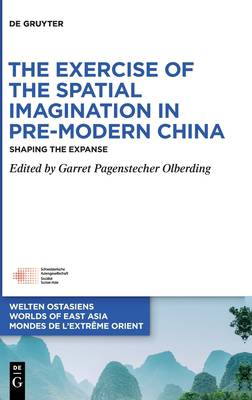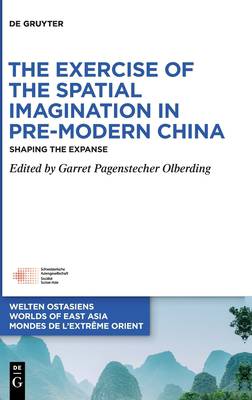
- Retrait gratuit dans votre magasin Club
- 7.000.000 titres dans notre catalogue
- Payer en toute sécurité
- Toujours un magasin près de chez vous
- Retrait gratuit dans votre magasin Club
- 7.000.000 titres dans notre catalogue
- Payer en toute sécurité
- Toujours un magasin près de chez vous
The Exercise of the Spatial Imagination in Pre-Modern China
Shaping the Expanse
Description
This volume is distinctive for its extraordinarily interdisciplinary investigations into a little discussed topic, the spatial imagination. It probes the exercise of the spatial imagination in pre-modern China across five general areas: pictorial representation, literary description, cartographic mappings, and the intertwining of heavenly and earthly space. It recommends that the spatial imagination in the pre-modern world cannot adequately be captured using a linear, militarily framed conceptualization. The scope and varying perspectives on the spatial imagination analyzed in the volume's essays reveal a complex range of aspects that informs how space was designed and utilized. Due to the complexity and advanced scholarly level of the papers, the primary readership will be other scholars and advanced graduate students in history, history of science, geography, art history, religious studies, literature, and, broadly, sinology.
Spécifications
Parties prenantes
- Editeur:
Contenu
- Nombre de pages :
- 230
- Langue:
- Anglais
- Collection :
- Tome:
- n° 31
Caractéristiques
- EAN:
- 9783110749656
- Date de parution :
- 21-02-22
- Format:
- Livre relié
- Format numérique:
- Genaaid
- Dimensions :
- 156 mm x 234 mm
- Poids :
- 539 g






